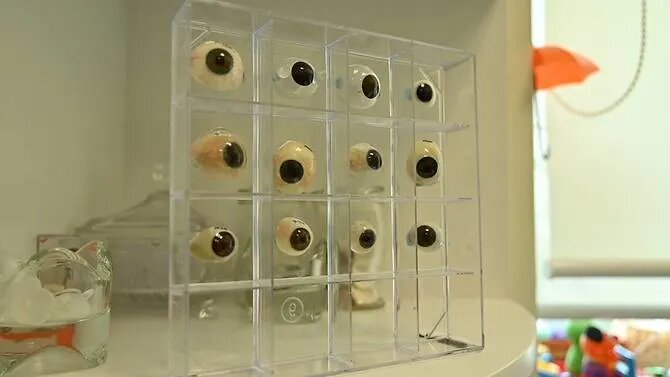Slapped with a price tag of about S$2000 for one artificial eye, also known as ocular prosthesis, it gives hope to Singaporeans who have lost one or both of their eyes. This is made proudly by Ms Suriya Abu Waled, the only ocularist in National University Hospital (NUH).
“I love the job because I can help patients to regain their confidence and also to get trust (from others) and lead their normal lives,” she said.
Ms Suriya has 14 years of experience as an ocularist in NUH. While she was previously an imaging specialist with the ophthalmology department, she went for training in India for two months to become an ocularist. All in all, she makes these artificial eyes for about 15 new patients every year.
An art and a science
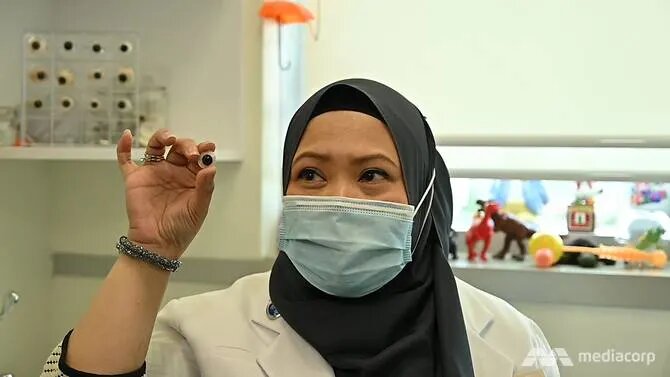
Image Credits: CNA
According to Ms Suriya, the creation process for the ocular prosthesis is both an art and a science. Each piece takes approximately four days to make and it’s essential to come up with a few models with delicate hand painting to replicate the finer details of the eye.
“They usually want to look their best for them. We understand because as a provider, I want them to be happy and feel comfortable wearing the prosthesis so that when they walk out of my door, they feel happy to meet people and to see themselves (look) so natural. That is our aim,” she remarked.
The process of making an ocular prosthesis
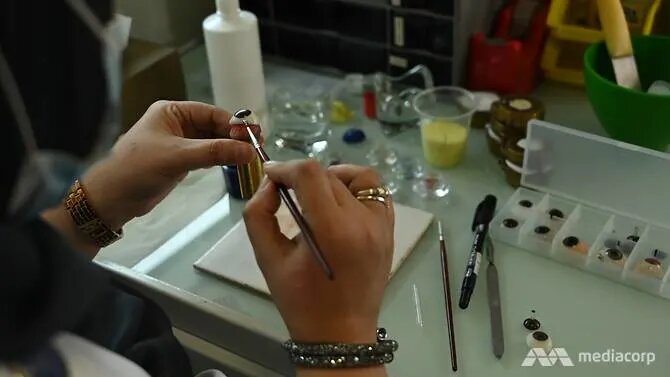
Image Credits: CNA
The patient has to be present for the entire process of making the prosthesis. It usually starts with creating an impression mould. To do so, Ms Suriya injects an alginate solution into the eye socket using a syringe and removes it after it hardens.
Next, some wax is poured into the impression mould and inserted into the patient’s eye after it solidifies. Ms Suriya then makes fine-tunings by placing markings on the wax model to identify the position of the patient’s iris. Adjustments according to the patient’s natural eye movements are also taken into account.
After all the measurements are in place, the crafting of the actual prosthesis takes place. This includes painting the iris button and the building of an acrylic shell around the iris button (as eye whites). Some filing and buffing are also involved.
Once the first version is ready, the patient will attend a fitting session. At this point, Ms Suriya will check on the comfortability and note down any modifications needed.
To ensure it looks as natural as possible, she hand paints the iris to match the patient’s other eye. Thin red threads are also added to imitate the look of blood vessels in the eye whites. Once finishing touches are out of the way, polishing begins.
“If the outcome is nice, is good, and the patient is comfortable and happy with it, of course, it makes you so happy when you see the patient and (you’ve given) them self-confidence,” Ms Suriya said.
Replication of movement of a real eye
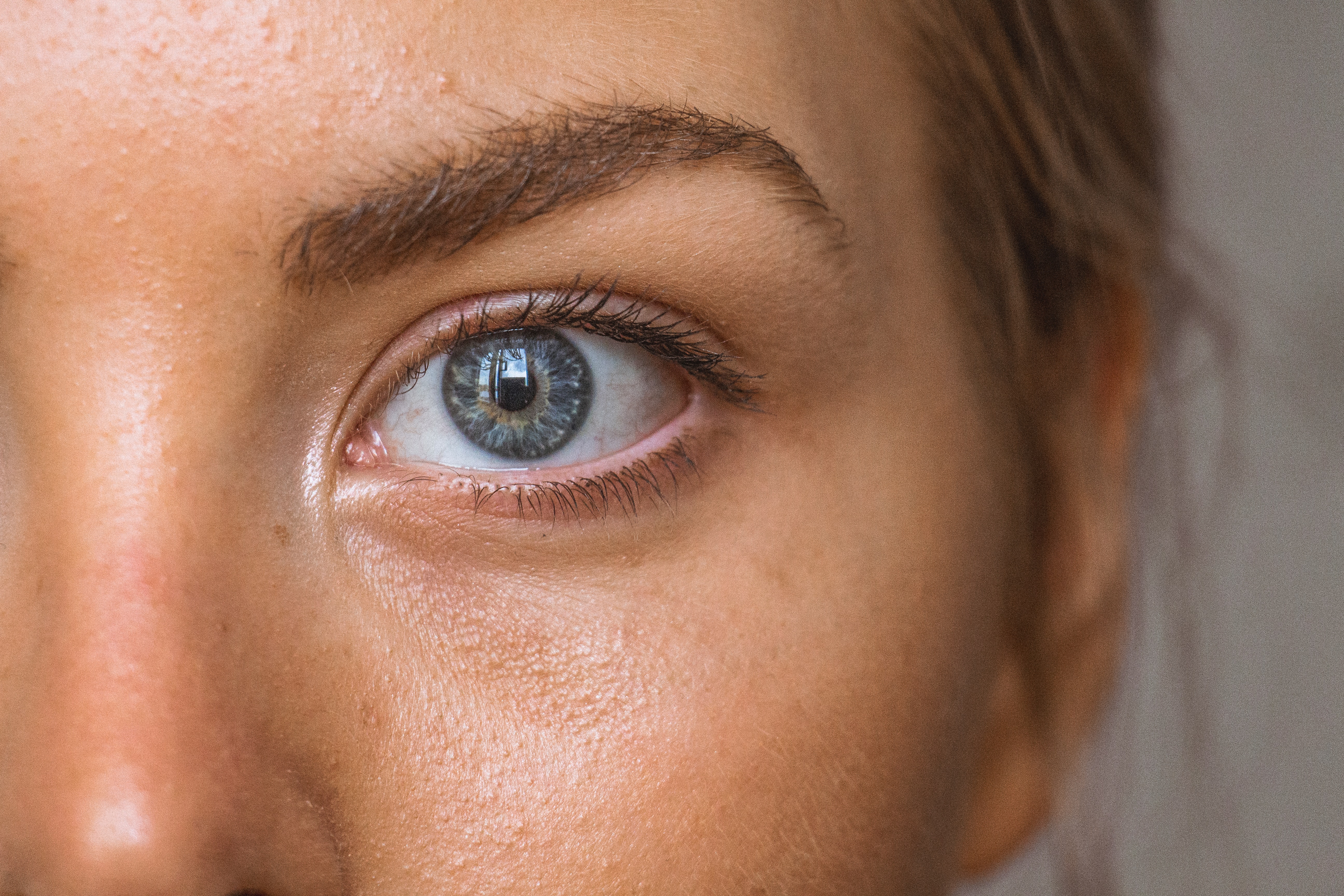
Image Credits: unsplash.com
Dr Gangadhara Sundar, head and senior consultant of orbit and oculofacial surgery in NUH’s department of ophthalmology, mentioned that a well-fitted prosthesis in the socket could even replicate some of the movement of a real eye.
“When the eyes are removed, the eye socket is replaced with an implant which is usually attached to the patient’s eye muscles. Thus when the other eye moves, the implant moves, this, in turn, transfers the movement to the eye prosthesis, although not as perfectly or equally as the normal eye,” he sheds light on the issue.
Who needs it?
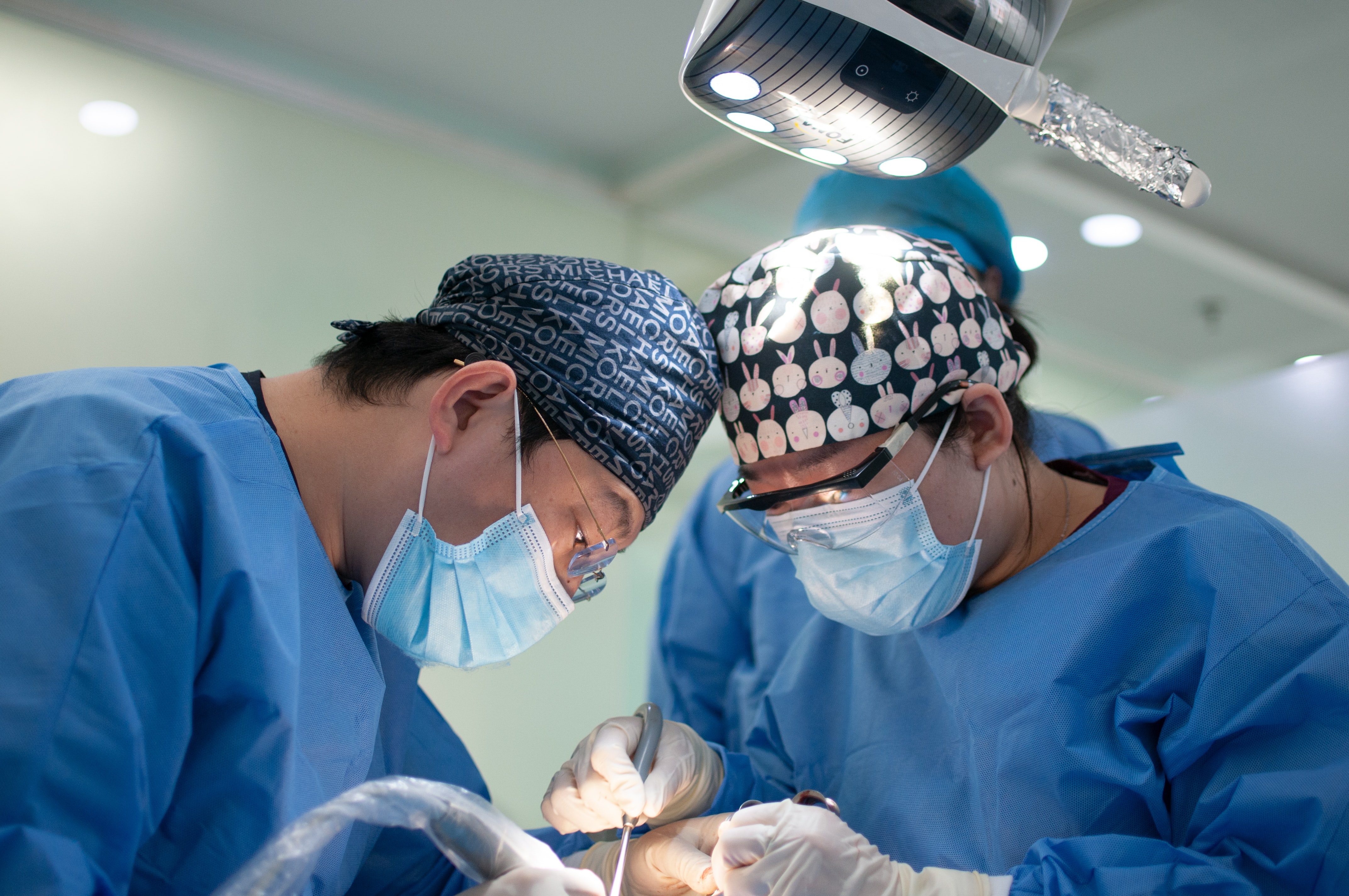
Image Credits: unsplash.com
People may lose their eyes through reasons like eye cancer, eye injuries, and even failed eye surgeries. When that happens, the removal of eyeballs and replacement with an implant in the eye socket can be a solution.
As Dr Sundar accurately puts it, the placement of ocular prosthesis can restore patients to their structural, aesthetic, and psychosocial status quo. It also helps prevent sunken deformities in the socket area after the eye is removed through enucleation.
A real case scenario
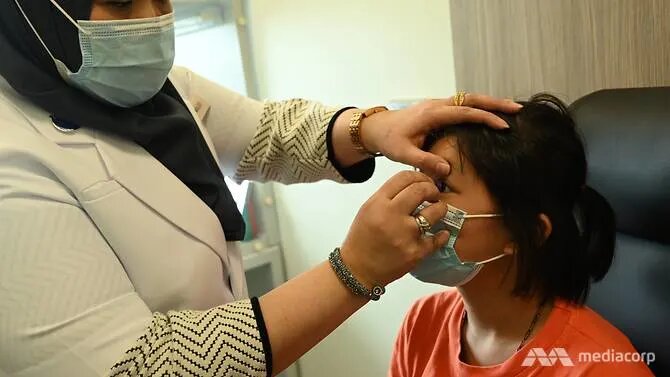
Image Credits: CNA
10-year-old Claire Lim is one who has benefited from the works of Ms Suriya. While she was in pre-school, she was diagnosed with persistent hyperplastic primary vitreous. It’s a condition where a random or sporadic developmental abnormality usually appears in just one eye.
Dr Sundar stated that Claire’s condition could result in other complications if not treated early and aggressively. Since it was not easy to restore her vision, the doctors at NUH settled for an artificial eye.
Narrating her experience of getting fitted with a prosthesis by Ms Suriya, Claire said, “It was really painful when she had to push the eye in. It feels like stepping on Lego. A few hours later, it was ok, but it was painful for a few minutes later. And I cried.”
Claire also added that the artificial eye drops out at times, and she has to use eyedrops three times a day.
While observing his daughter’s condition, Mr Lim Sze Liat shares that the fake eye had improved Claire’s confidence. Before she had the prosthesis, stares from classmates and teachers were common.
“But when she got her prosthesis and walked about in school, people found that Claire looks normal. So everybody tried to play with her. Teachers also noticed she was more confident (after that) in kindergarten, which was where she suffered the most,” he commented.

